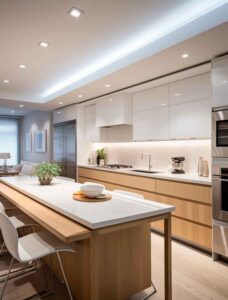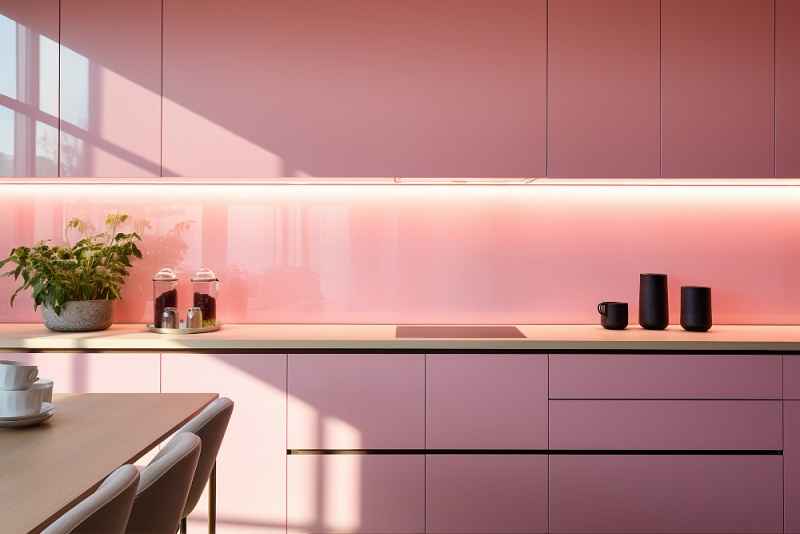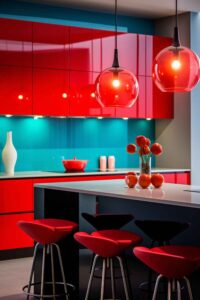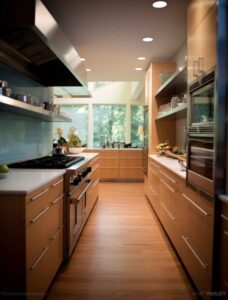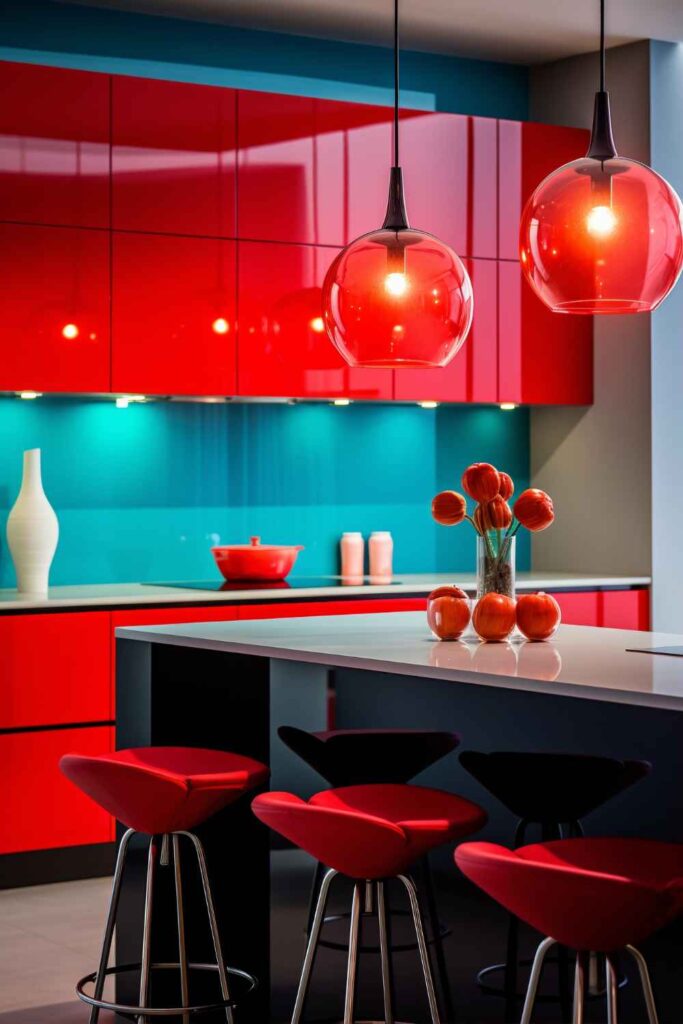Kitchen Light Fixtures
Kitchen lighting has evolved significantly over the years, transitioning from purely functional to a blend of style and functionality. Today, choosing the right light fixtures is crucial for creating a warm, inviting space that enhances both cooking and social experiences. Here’s a comprehensive guide to help you navigate the diverse world of kitchen light fixtures.
1. Introduction to Kitchen Lighting
- Evolution of Kitchen Lighting: From basic fluorescent lights to stylish and functional fixtures, kitchen lighting now plays a central role in kitchen design.
- Importance of Lighting: Lighting sets the tone for the kitchen’s ambiance and functionality, making it essential for kitchen remodeling plans.
2. Types of Kitchen Light Fixtures
2.1 Ceiling Lights
- Flush Mount and Semi-Flush Mount: Ideal for general illumination, these lights are versatile and suitable for various kitchen styles.
- LED Flush Mount Lights: Energy-efficient and available in different color temperatures, these lights provide bright and uniform lighting.
2.2 Pendant Lights
- Task Lighting: Pendant lights are perfect for focused lighting above kitchen islands or dining tables.
- Style and Versatility: Available in various shapes, sizes, and styles, they add a touch of elegance to the kitchen.
2.3 Under-Cabinet Lights
- Task Lighting: These lights eliminate shadows on countertops, making food preparation easier.
- Ambiance: They create a warm glow, ideal for relaxed evenings.
2.4 Track Lights
- Flexibility: Track lights offer adjustable fixtures that can be moved along the track to direct light where needed.
- Versatility: Suitable for kitchens with multiple functional areas.
2.5 Recessed Lighting
- Ambient Lighting: Recessed lights provide even illumination but can create shadows if not placed correctly.
- Energy Efficiency: Often used with LED bulbs for energy savings.
2.6 Chandeliers and Linear Lighting
- Chandeliers: Add elegance and glamour, especially mini chandeliers for smaller spaces.
- Linear Lighting: Provides continuous illumination without drawing attention away from kitchen features.
3. Layered Lighting Approach
- Ambient Lighting: Provides overall illumination.
- Task Lighting: Focuses on specific areas like countertops.
- Mood Lighting: Creates ambiance with fixtures like wall sconces or under-cabinet lights.
4. Benefits of LED Lighting
- Energy Efficiency: LED lights use significantly less energy than traditional options.
- Longevity: They last longer and emit less heat, making them safer for kitchen use.
- Versatility: Available in various color temperatures to suit different kitchen styles.

5. Choosing the Right Kitchen Light Fixtures
- Consider Kitchen Layout: Ensure fixtures complement the layout and functional areas.
- Style and Aesthetics: Match fixtures with your kitchen’s design theme.
- Energy Efficiency: Opt for LED lights for long-term savings and environmental benefits.
6. Conclusion to Kitchen Light Fixtures
Kitchen light fixtures are no longer just about functionality; they are integral to creating a welcoming and efficient cooking space. By understanding the different types of fixtures and their roles, you can design a kitchen that is both beautiful and functional. Whether you’re remodeling or building a new kitchen, investing in the right lighting can transform your space into a hub of warmth and activity.
Discover additional ideas in our Kitchen Styles category!

